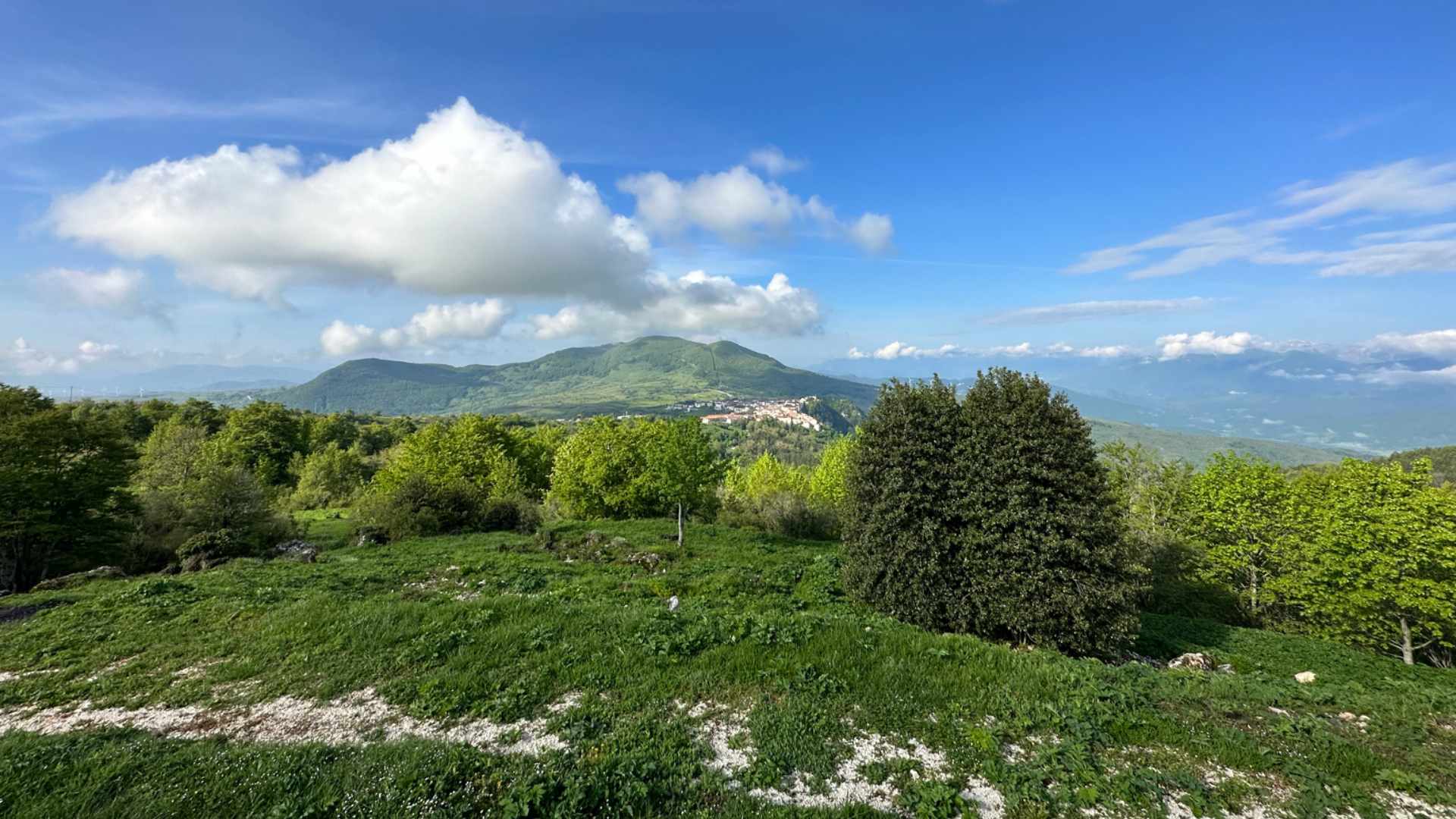By Professor Roberto Tognetti, Dipartimento di Agricoltura, Ambiente e Alimenti – Università degli Studi del Molise
Parallel narratives of marginalisation across the globe
Mountain forests have long stood as sentinels of traditional customs and providers of essential resources, but they now face unprecedented threats due to climate change, nature loss, and land degradation. Recent data reveals a chilling statistic: over the past two decades, more than 7% of all mountain forests worldwide have been decimated, an area equivalent to the size of Turkey. The loss of these forests has reached an alarming pace, with rates nearly doubling after 2010.
The causes behind this rapid escalation of forest destruction are diverse and often intertwined. In Southern Asia, the decline in forests is likely attributed to the encroachment of commodity agriculture and commercial forestry into highland regions. Population pressures and the expansion of intense agriculture have compelled smallholder farmers to move to higher and more precarious areas, exacerbating land degradation and social deprivation. In contrast, Europe’s mountainous regions have experienced prolonged economic decline and depopulation, leading to the abandonment of mountain habitats in favour of urban areas. This has resulted in the degradation of environmental resources and the loss of traditional human landscapes.

Woodland encroachment into mountain pasture is a pervasive phenomenon in the Italian Apennines attributed to land use change. Photo by Roberto Tognetti (Capracotta, 1421 m a.s.l., Central Apennines).
What natural resources do mountain forests provide?
Mountain forests play a vital role as custodians of natural resources. They are crucial sources of fresh water for both mountain and lowland communities across Europe. However, with increasing land degradation and soil erosion, the water quality in streams and rivers is deteriorating. This is particularly concerning for mountain watersheds, which collect water from rainfall and snowmelt and channel it into streams, rivers, and larger bodies of water. As global water resources become scarcer, the importance of forests in mountain watersheds will only grow, making the decline in water quality a pressing issue. Paradoxically, global warming-induced drought challenges the prevailing notion that forests provide water solely for downstream areas. The very survival and resilience of the forests themselves are at stake, for they rely on water to maintain their productivity and strength.
In addition to serving as sources of clean water, mountain forests act as carbon reservoirs and harbour immense biodiversity. The loss of mountain forests, poor management practices, and land degradation pose significant threats to biodiversity conservation. Climate change has also triggered shifts in species distribution and entire ecosystems in European highlands. Moreover, land abandonment has resulted in changes in land cover and species diversity in various mountain ranges. These changes have had profound implications for mountain watershed management and landscape complexity. Mountain regions such as the Pyrenees, Apennines, Alps, Tatras, Carpathians, and Balkans have been particularly affected.
Sustainably managing forested watersheds in the face of climate change
Exploring the intertwined relationship between nature and society and understanding the dynamics of mountain systems is paramount for safeguarding their delicate balance in the face of global change. Empowering mountain communities to sustainably manage local natural resources is crucial for maintaining forest biodiversity. Integrated landscape management approaches are necessary to address the multiple needs of social and environmental well-being while preserving the productivity and ecosystem integrity of European mountains. Striking a balance between social and environmental requirements while protecting and restoring ecosystem services is key to maintaining the resilience of mountain forest ecosystems.
To effectively mitigate the impacts of global change and adapt social-ecological systems, it is crucial to improve our understanding of mountain systems’ dynamics. Successful management of these complex systems requires advanced knowledge of land use change patterns and the development of tools and methods to enable policy makers and local communities to plan for and adapt to global developments. While protected areas can be effective in preventing the decline of forest ecosystems, new management approaches are needed in mountain watersheds. These approaches may include torrent control works to mitigate the increasing impacts of resource exploitation and disturbance events. Forest management practices that emulate natural disturbances have also shown promise in promoting biodiversity and resilience. Incorporating productive forests, forest reserves, and a matrix of forests managed for multiple uses holds potential but is overall highly dependent on high-quality governance. These approaches acknowledge the multifaceted uses of natural resources in mountain systems, aiming to preserve productivity, safeguard ecosystem integrity, and protect and restore vital ecosystem services and functions.
Mountain Communities: An Italian perspective to preserving mountain capital
The Food and Agriculture Organisation of the United Nations recognises three critical challenges for mountain systems globally: hunger, climate change, and water scarcity. These challenges have been integrated into the Sustainable Development Goals (SDGs), with particular emphasis on water and its role in providing services to local communities (SDGs 6.6, 15.4).
Italian mountains face formidable challenges, including climate change, nature loss, and land degradation, that threaten their integrity and resilience. Policymakers have primarily focused on forest policies as a response. One notable example is Serpieri’s 1923 Law of Integral Land Reclamation, which was aimed to address hydrogeological risks. Unfortunately, these policies were often disregarded by the agricultural sector, failing to consider their relevance within the mountainous context. However, policymakers eventually recognised the need to address the persistent structural limitations hindering the sustainable development of mountain areas. This led to the implementation of Mountain Communities on December 3, 1971: territorial associations consisting of municipalities located in mountain and foothill regions. Their formation marked a significant step towards recognising the unique needs and characteristics of mountain areas.
Nevertheless, it was not until the introduction of the Italian Strategy for Inner Areas (SNAI) that targeted interventions truly began to safeguard, rehabilitate, and revitalize these territories. By recognising the interconnectedness of social and ecological systems, and by implementing targeted policies and governance measures, the SNAI today aims to ensure the survival of mountain landscapes and forests in Italy for generations to come.
Despite being viewed as challenging and burdened by issues in the past, mountains are now garnering increasing interest as potential development models. In the Italian Peninsula, the untapped potential of mountain systems remains largely unexplored due to ongoing processes of marginalisation, such as demographic ageing and diminishing services. However, this capital holds the key to much-needed local development strategies in the face of climate change.
Tailored policy and governance measures must be aligned with regional contexts and implemented to manage natural resources while incorporating mitigation and adaptation schemes. For instance, optimising the structure of protective forests and providing resources to control mountain torrents in forested watersheds could be a viable approach. Additionally, prioritising a circular bioeconomy, which integrates biological resources to create sustainable and regenerative goods, services, and energy, along with the preservation of mountain biodiversity, is crucial. This necessitates monitoring and considering mountains as integrated social and ecological systems, giving equal emphasis to both people and the environment to ensure their thriving under rapidly changing circumstances.


